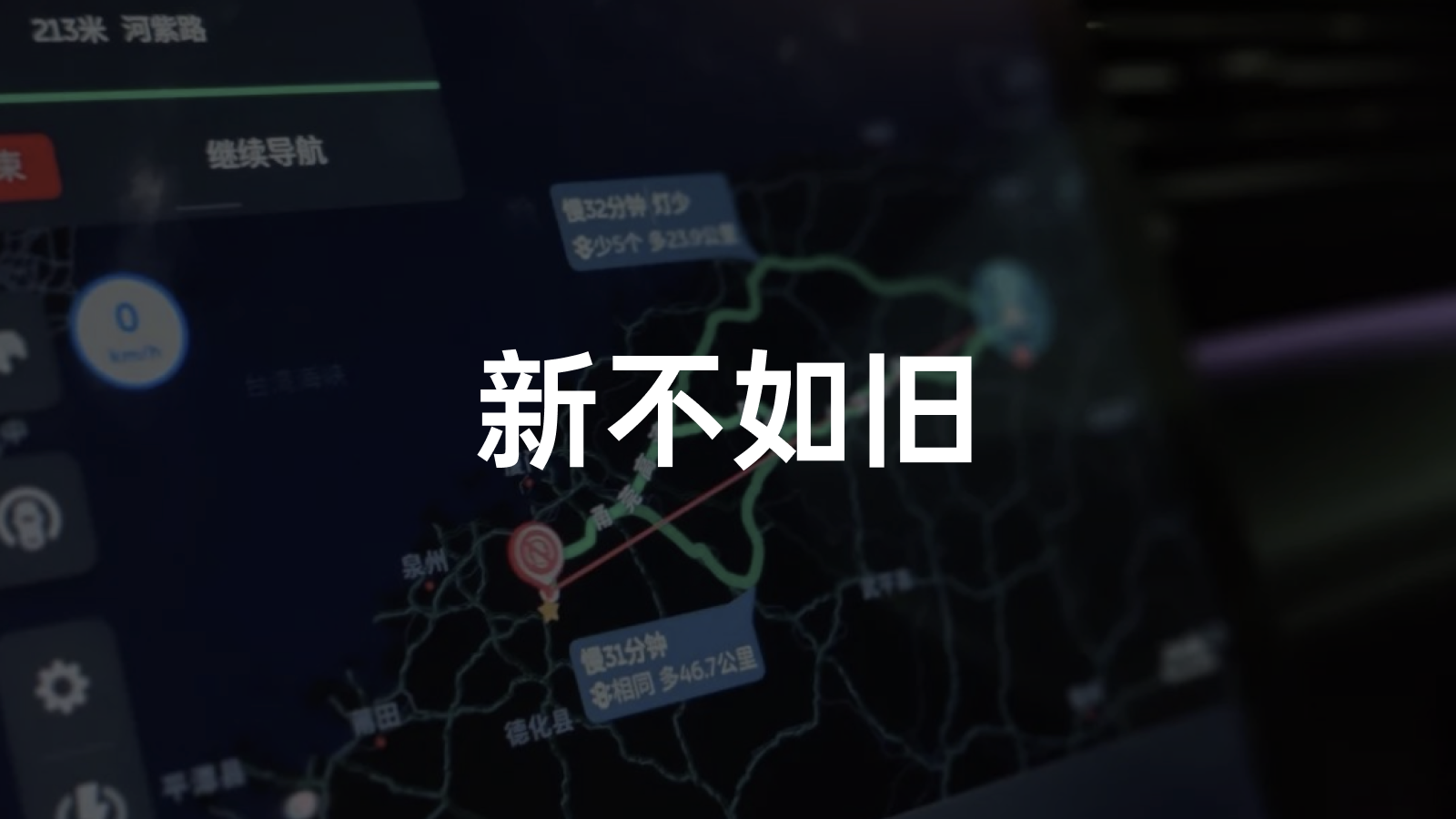Hello everyone, I’m Daddy Rou Rou. This time, I want to talk about the user experience of using Aspen 3.0.5. It seems that NIO’s update push time has become more predictable recently. Aspen 3.0.0 is claimed to be the largest update so far in 2021, and was officially released and upgraded on August 31, 2021. The update almost completely redid the entire car system, with huge changes and updates in UIUX, applications, NOMI, NIO Pilot, and other aspects. After using version 3.0.0 for a month, most car owners gave positive feedback, although there were still some issues with the new system, such as the lack of a light mode, AEB sensitivity being too high and therefore frequently triggering, and logical issues with air conditioning and music adjustment.
Due to NIO’s powerful FOTA capabilities, users have been passionately exploring and pursuing news and updates related to the system, which has even led to some craziness. In NIO and XPeng’s various groups, you will find car owners asking every day, “Is there a new version update this month?” “When will XX feature be released?”
As mentioned at the beginning of the article, NIO’s update rhythm has helped users find a pattern, with new content expected to be released on the last day of each month. Users are eagerly anticipating each update. The next update, Aspen 3.1.0 and Gaode car machine maps, are likely to be released at the end of the year.
A month after the new version update, Aspen 3.0.5 was released on September 30. This version mainly did two things: safety updates for NIO Pilot, and an update for the Baidu map version, along with other optimizations. Technically, this version is a small update that focuses on fixing and improving, but due to the NIO Pilot strategy rollback, it has received severe criticism. Many car owners said, “Whether you update or not, I’m not updating,” “I used to rush to upgrade, but now I don’t want to,” and well-known NIO ES8 car owner Chen Zhen said, “The use experience of NIO Pilot is worse than before. I even suggest to students who have not updated yet to skip this version.”
Why is the new version being so poorly reviewed? After receiving the Aspen 3.0.5 push at 6:00 am the day before yesterday, I wanted to upgrade quickly and write a report for everyone’s experience. I thought it would be upgraded within the day since I received the push at 6:00, but it wasn’t until 8:00 the next morning that the download still had not completed.I went to the car, connected to the car’s system through my phone’s hotspot, and then locked the car with the phone inside. It took me two hours to download the update. For users experiencing slow download speeds, they can inquire about the progress in the service group.
It is highly recommended that NIO develops a progress bar for downloading updates or displays real-time download and upload speeds on the car system. This is essential to allow car owners to have a clear understanding of the progress of the update. Currently, car owners have no idea how long it may take to complete the download, some have reported waiting for 33 hours and the download has still not finished. The quickest way known to download the update is to receive the push notification and download it in an unobstructed area by waking up the car system or through a mobile hotspot.
I used the method of connecting the car system to my phone’s hotspot, and I could also check the amount of data used in the notification bar to determine whether the system had finished downloading.
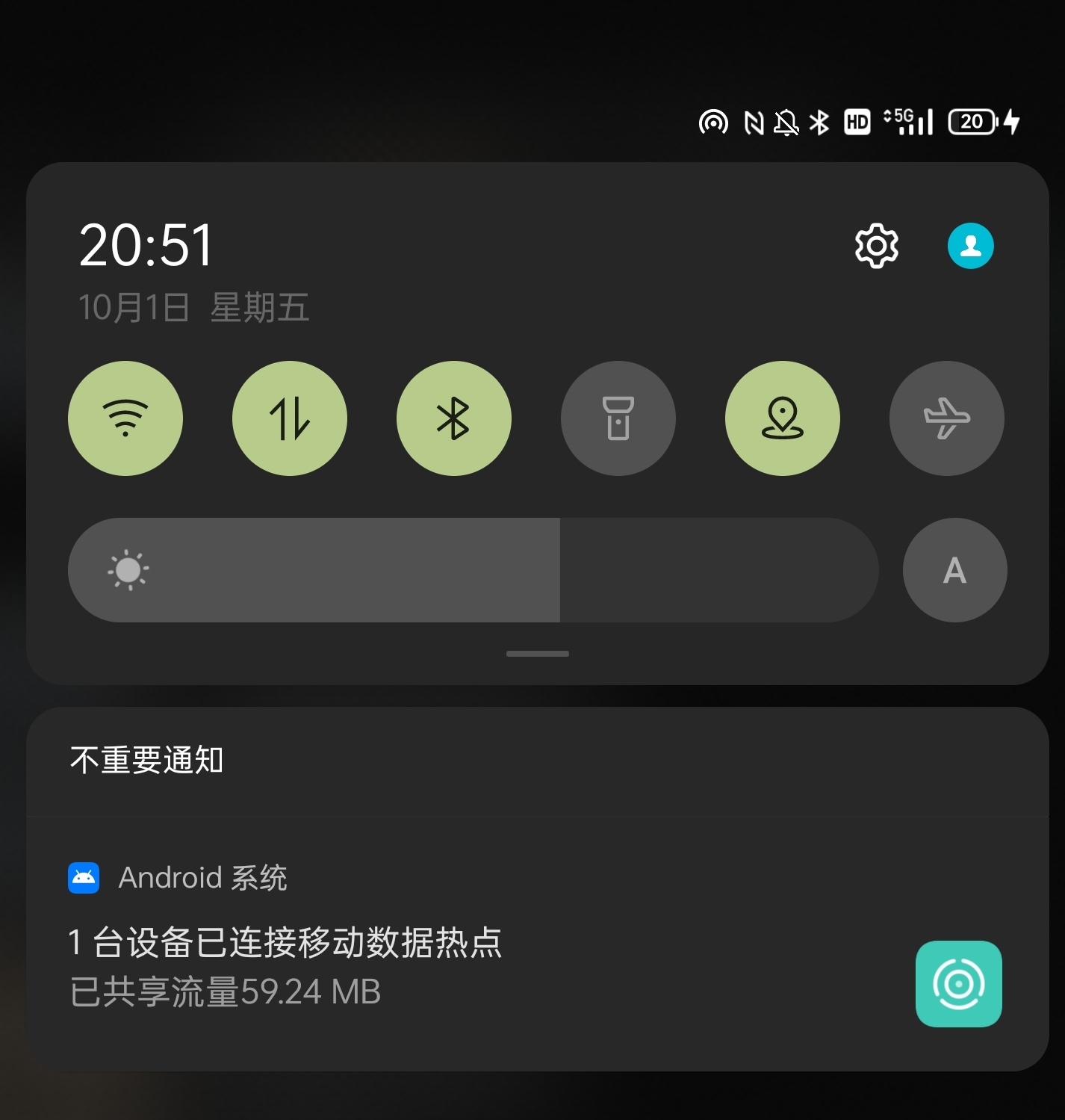
After more than a day of waiting, I finally got to experience Aspen 3.0.5 during my 137 km journey home with my dog.
NIO Pilot Updates
Most of the updates in this version are related to NIO Pilot.
Here are the changes:
- A NIO Pilot Safety Manual has been added. Users need to complete the safety training on the app before activating the NIO Pilot function for the first time.
- Added assistance driving safety restrictions, if the driver fails to take over the vehicle after the third-level warning in AMP mode and it triggers EDA, the ACC, Pilot, and NOP functions will be disabled for the rest of the driving cycle.
- The maximum speed limit for the Pilot function has been adjusted to 120 km/h.
- The braking capacity of the AEB assistance driving system has been improved, reducing the impact of collision avoidance or reducing the impact of collision.
After the 812 accident, educating users on safe use of assistance driving became the top priority for every new energy vehicle manufacturer. NIO released a video on safe use of NIO Pilot last month, and recently, Li Auto launched the Li Fan Club’s co-creation plan, which includes instructional videos on safe use of assisted driving, among other contents. This incident even affected the release schedule for Li Auto’s NOA function, and also caused delays in the release of the NGP city driving mode video for XPeng.
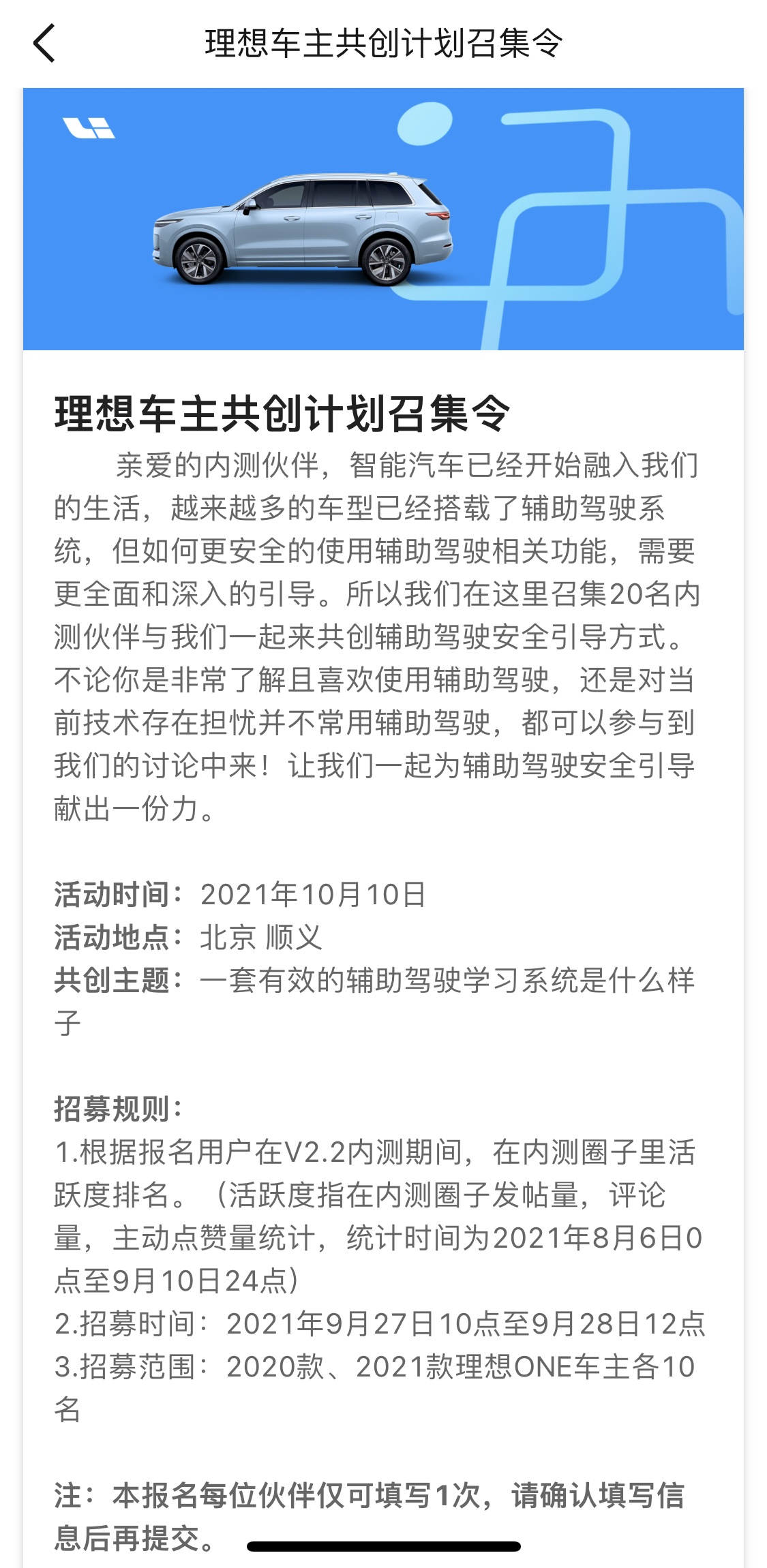 Reviewing the update of NIO Pilot 3.0.5 of NIO and comparing it with XPeng that has been leading in terms of driver assistance and safety, almost identical features can be found.
Reviewing the update of NIO Pilot 3.0.5 of NIO and comparing it with XPeng that has been leading in terms of driver assistance and safety, almost identical features can be found.
From watching videos to examination, penalty mechanisms, and speed limits of 120 km/h, they are almost the same.
The first feature is the safety guidelines and examination of NIO Pilot, which I strongly agree with because many current users still feel ambiguous about the definition of driver assistance. Thus, educating users is understandable.
The second feature is the usage restrictions of NIO Pilot. I remember in Aspen 3.0.0, EDA was tried in almost empty lanes and the function worked well. However, it also raises some concerns regarding whether to gradually change lanes to the right and stop at the emergency lane if EDA is triggered on the highway. In Aspen 3.0.5, if EDA is triggered during a single trip, the driver assistance cannot be activated at all, and even the ACC cannot be activated.
Please at least keep the ACC. Both XPeng and Tesla have penalty mechanisms that prevent LCC/AP from being activated for long periods without steering, but they keep the ACC function. It is unreasonable for NIO to disable the ACC function as well. I have not tried this feature, and I do not recommend everyone to try it.
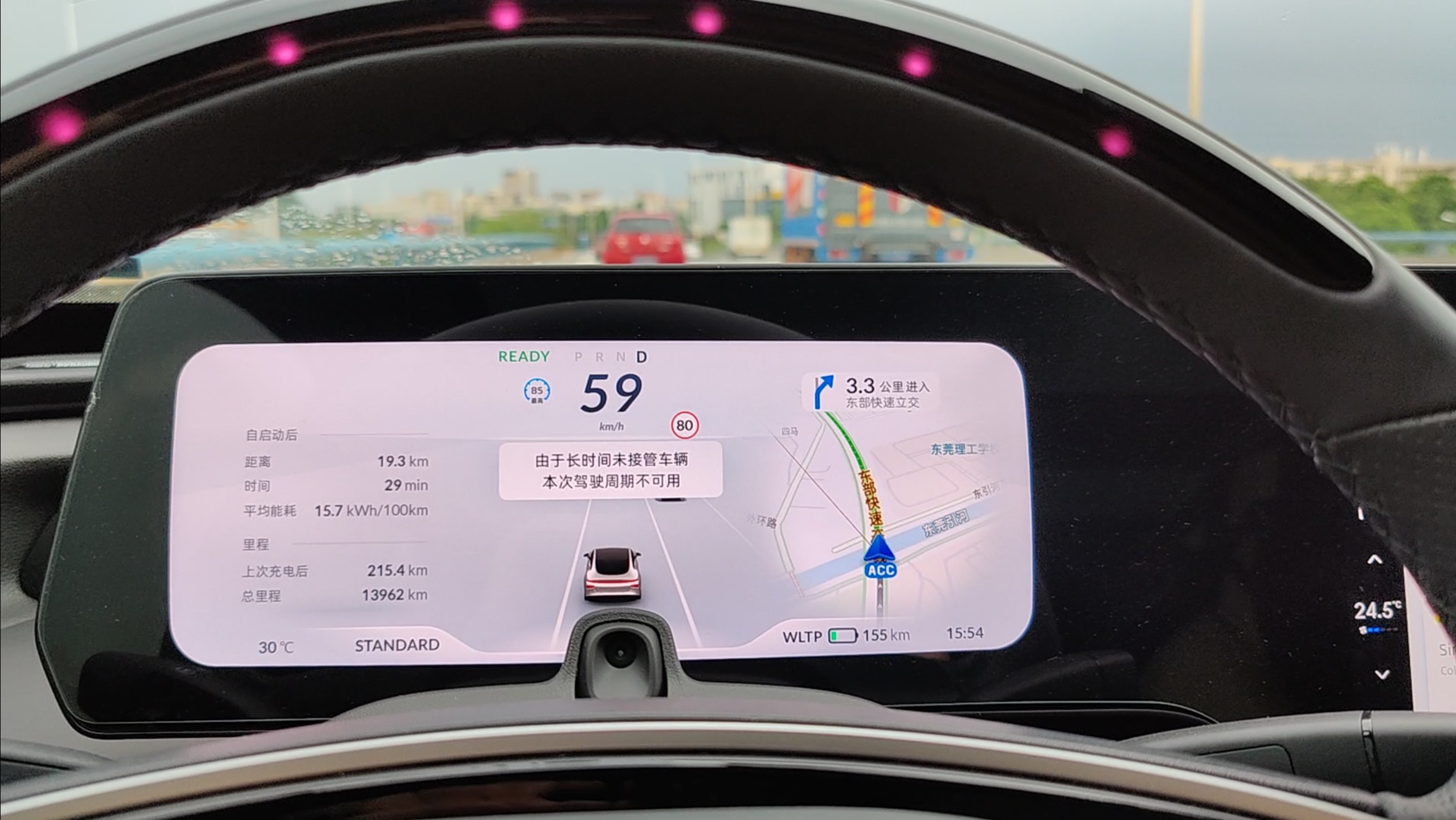
Finally, I want to mention that the torque detection of the steering wheel intervenes more frequently than previous versions, which caused a decline in experience. In version Aspen 3.0.0, the torque detection of the steering wheel can support for nearly one minute without warning. In a video test, it was 47 seconds. In contrast, in Aspen 3.0.5, the hand-over timer was tested three times, and the times were between 17s-28s, which is more frequent and visible. This experience is not as good as before. In the past, I thought that NIO had the best attention monitoring system, which jointly judged the driver’s focus by combining the torque sensor of the steering wheel and the in-car camera. The experience was excellent, and it barely reminded the driver even after driving 50 km. Now everyone can have a personal experience of it.
The attention monitoring system of XPeng’s assisted driving system next door is maddening. It reminds the driver every 10 seconds, and even if the driver grips the steering wheel hard and tries to keep focused, they cannot prevent it from turning the steering wheel. There is no harm in comparison, and NIO’s system is not as bad as this. In Aspen 3.0.5, the frequency of reminding drivers to turn the steering wheel has greatly increased, which is really uncomfortable. Hopefully, it can be adjusted in the next version.
The third point is that NIO Pilot’s maximum speed has been adjusted to 120 km/h, while previous versions were 130 km/h. If the highest speed from the beginning is 120 km/h, it is understandable to maintain this speed, but the previous versions had a maximum speed of 130 km/h. In Aspen 3.0.5, it has been reduced to 120 km/h, which is difficult for many users to accept. Moreover, it is even more unacceptable that if the vehicle accelerates with the accelerator pedal under Pilot mode to above 120 km/h, the car will make an endless alarm sound, reminding the driver to “reduce the speed and control the direction, exceeding the Pilot’s maximum speed”. This sound is continuous and never stops as long as it is in Pilot mode. To put it in simple words, it is very annoying to keep hearing this sound. The experience is extremely poor. You can watch the video to feel it. I strongly urge the next version to cancel this reminder.
“`
The fourth and fifth points can be put together, Aspen 3.0.0’s AEB is too sensitive, expressing deep feelings, but I only triggered it once. Canon says he triggers it almost every day. Aspen 3.0.5 has improved its AEB’s assisted braking ability, and I had a deep experience today that startled both of my dogs Mama and Rou Rou. (The video was not exported due to the lack of a card reader on the ACTION, and will be uploaded next time.)
In summary, the changes to NIO Pilot in Aspen 3.0.5 greatly affect the user experience compared to previous versions, in addition to the above points, even the lane change logic is more conservative, especially in heavy traffic, NOP is equal to NP, and automatic lane changes and overtaking have no response, and following for ten minutes without any movement, this situation gradually improves only as the traffic decreases.
If the update of NIO OS 2.10.0 gave NOP a new experience, Aspen 3.0.0’s update filled in the ability gap of entering the main road and ramp, and Aspen 3.0.5’s update is a limit for “safety”-strengthening the monitoring frequency of attention, reducing Pilot’s speed limit, emphasizing strong reminders when exceeding Pilot’s speed limit-which is unacceptable. This feeling is not unique, and it has been expressed on apps, Weibo and various communities. As a user enterprise, how will NIO respond to the true voice of its users?
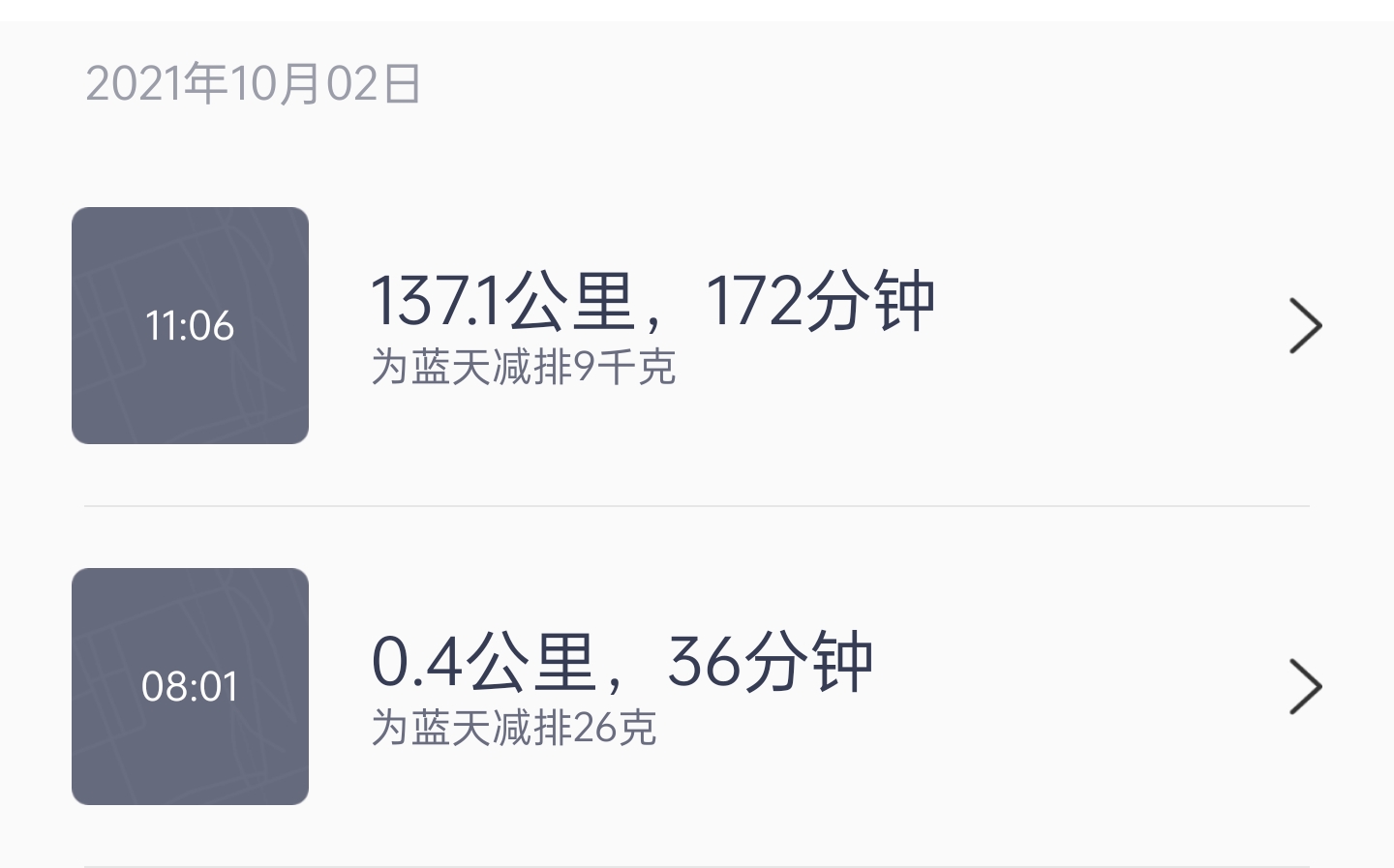
The above is the NIO Pilot’s travel experience in Aspen 3.0.5 after upgrading today. Everyone can also share their experience with the assisted driving of Aspen 3.0.5.
Baidu Map Update
“`It’s strange that many car reviewers say the map is very useful when reviewing NIO cars, and one can completely rely on the central console navigation instead of using the mobile phone. However, before the Aspen 3.0.5 update, the car’s navigation was not available and most NIO car owners had to buy a phone holder. The only use of the car’s navigation was when NOP had to be used, but for other routes, one had to rely on the phone for navigation. Even the head moderator of the new journey XPeng community often makes fun of me and Shuishui brother by saying, “You still need to use the mobile phone for navigation in NIO? What happened to the smart electric car that was promised?”
Some of the main problems with the Baidu navigation system in the car include inflexible route planning, inaccurate real-time traffic information, no interval speed limit reminders, and no ability to recommend routes based on real-time traffic. I remember complaining about NIO’s Baidu map earlier, and Professor He Lei asked, “Is NIO’s map really that bad?” The reality proved that it was really bad. The reason being that NIO has been using Baidu’s car version branch. However, Baidu’s car version hadn’t been updated for a long time.
During the Aspen 3.0.0 release conference, Ted said that Baidu’s map could not be updated independently using SOTA earlier. However, with Aspen 3.0.0, Baidu’s map can now be updated independently using SOTA. However, it’s unclear why Baidu’s map was not updated independently via SOTA this time around.
Nevertheless, regardless of the reason, the new version of the Baidu map was updated synchronously with Aspen 3.0.5. The Baidu map was one of the main reasons for updating to version 3.0.5. According to the version notes, the update of the Baidu map has improved the following:
- Increased accuracy of real-time traffic data;
- Added intersection lane information prompts in non-navigation mode;
- Added more optimal route prompts during navigation;
- Added restricted area prompts;
- Automatically switches to online navigation after offline navigation.
Aspen 3.0.5 upgraded Baidu’s SDK, making the experience and algorithm of the car version’s Baidu version almost identical to the mobile version. After updating today, I navigated solely using the new car’s navigation system without a mobile phone holder. The capabilities for route planning and recommended routes during navigation have greatly improved. Compared with previous versions, the new version’s route planning capability is basically the same as the mobile version, with a difference of only about one minute. The map information displayed on the road is also more comprehensive, with the same foggy and congested conditions as the mobile version (which is expected since the mobile engine has been switched in this update).
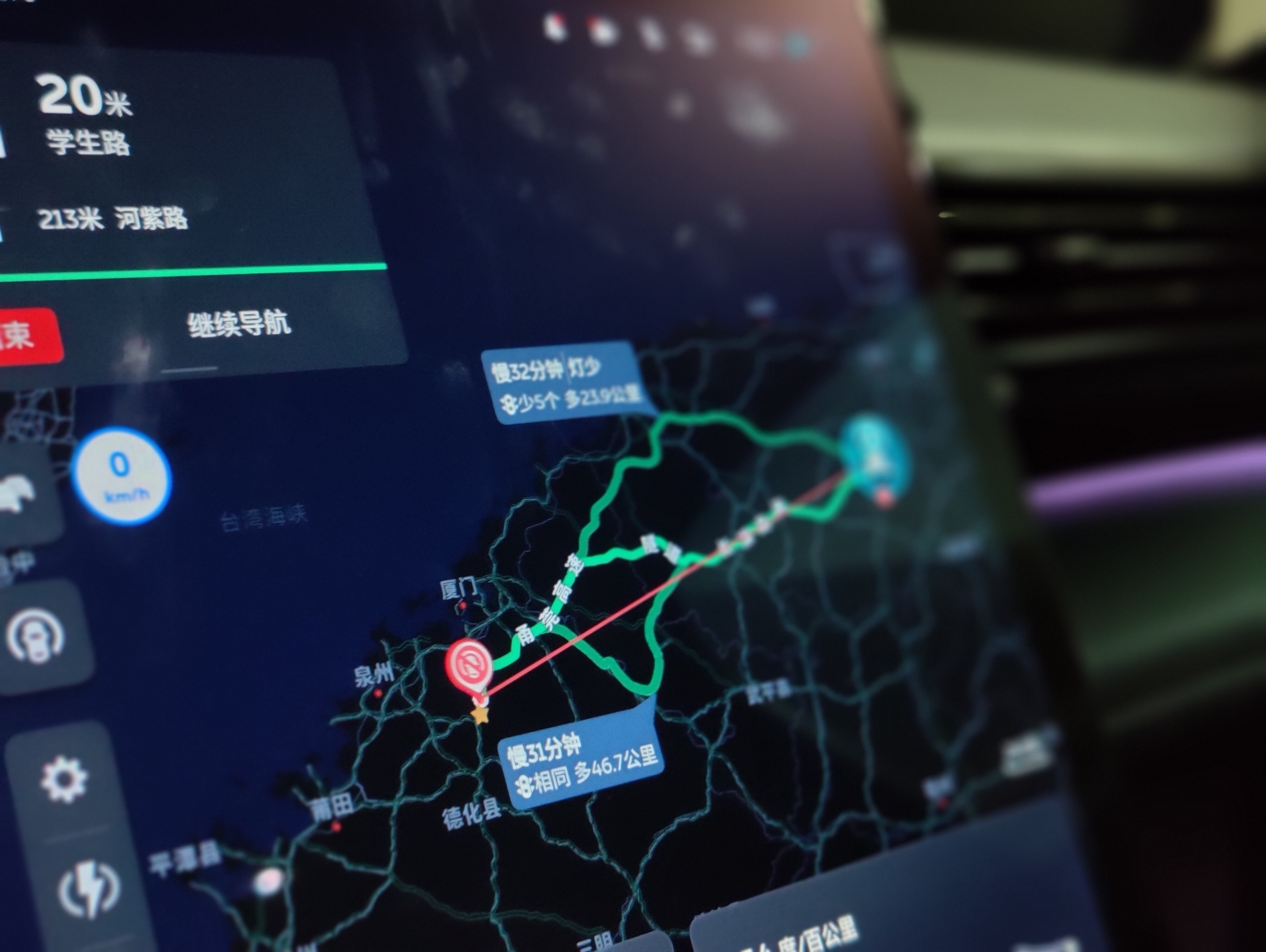
Compared with the past, the recommendation of a better route during navigation now includes the comparison of traffic lights, time, and mileage among different routes. In the past, there was only a bare route without any time information. The new version of the map is really nice, pay attention to the map.
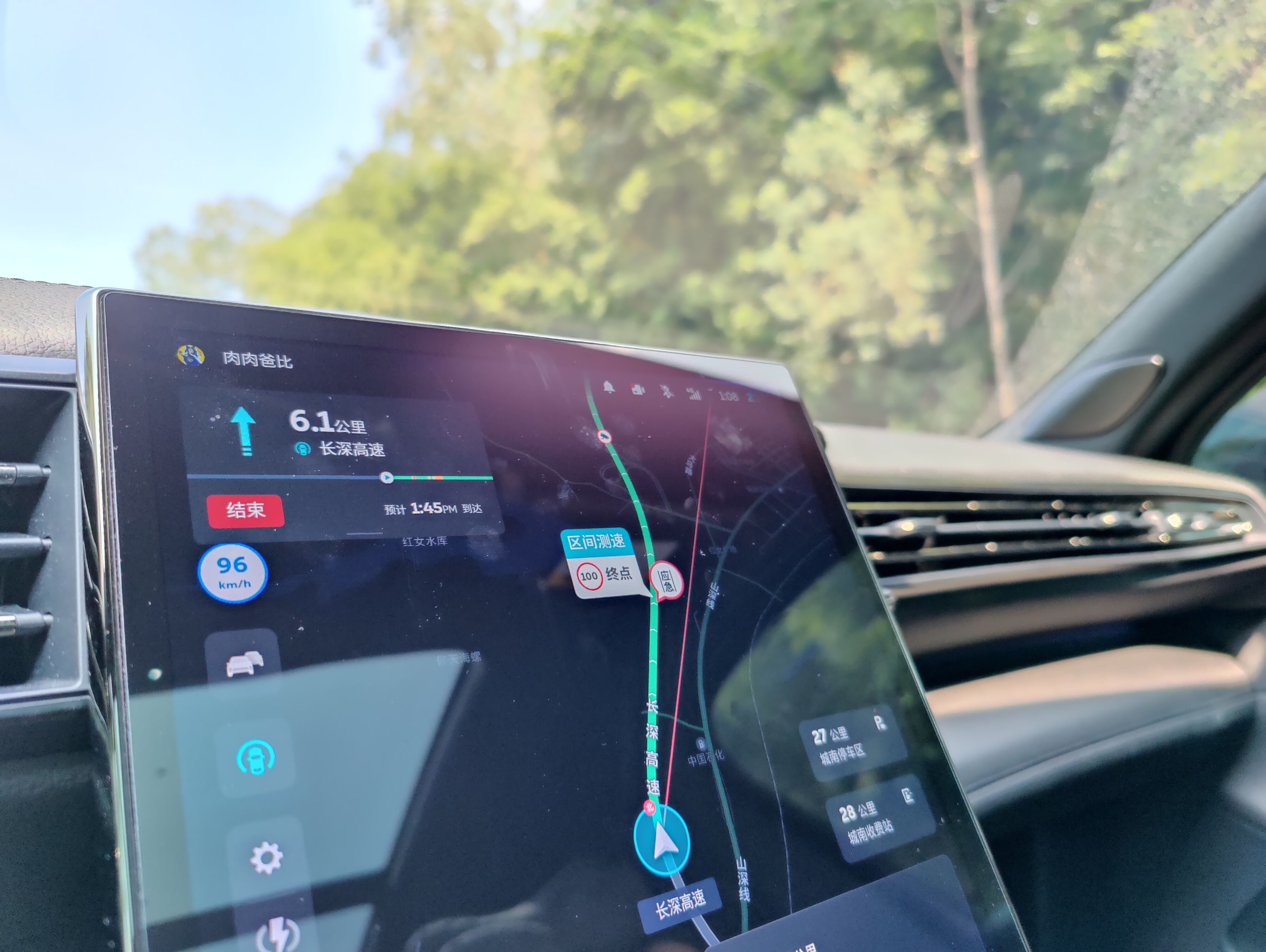
In addition to improving the planned route, the new version of the map finally supports interval speed reminder. It will display reminders of the starting point and end point of interval speed measurement. However, it unfortunately does not show the average speed and speed limit during interval speed measurement. If this can be added in future versions, it will be even better. This is also a good point of improvement in my opinion (mainly because the previous version was really bad).
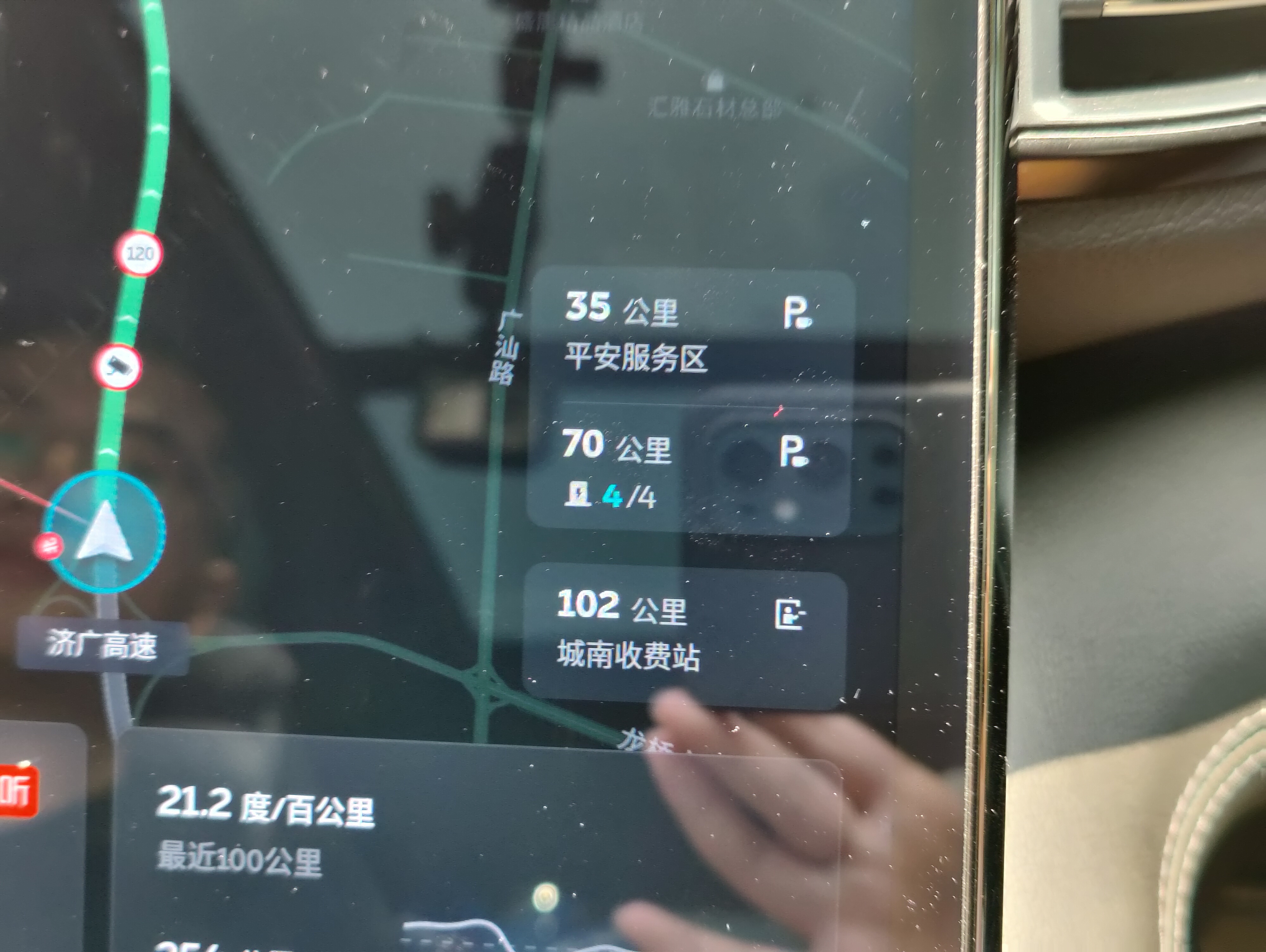
Another highlight is that the** high-speed navigation links the charging piles and Nio power exchange stations** in the service areas, but this layout in the lower right corner is a bit unsightly and too far from the driver’s seat. It is suggested to move it to the upper right corner. In addition, you can add arrival reminders when entering a service area, which is quite useful.
If I were asked to upgrade to Aspen 3.0.5, there is only one reason, that is the new version of Baidu Maps. Because my experience with it today was relatively short, if you think there are still some points for improvement in Baidu Maps, please leave a message for discussion and research.
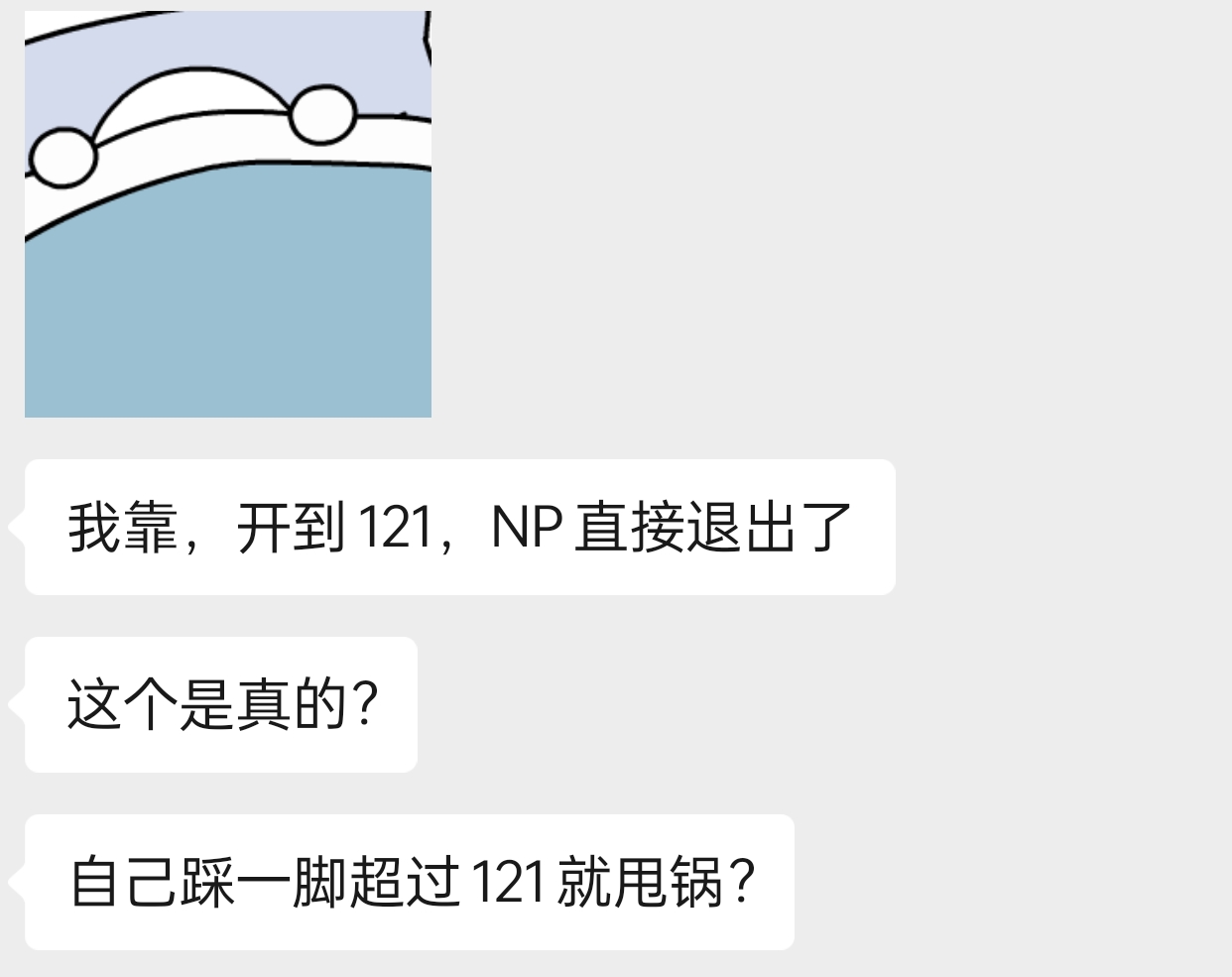
I have seen many users in the group discuss the problem of exiting after exceeding 120 km/h in Pilot mode. I have not encountered it in my own test, and you can check out the video above. However, if the speed exceeds 135 km/h in Pilot mode, Pilot will exit, but it will automatically resume when the speed drops below 130 km/h, which has always been the case in the previous versions. Some users have exaggerated the situation, saying that “it will exit directly when driving at 120 km/h”, which is not quite in line with the facts.
Some users also say that when there is a reminder to check the steering wheel, it requires a lot of force to turn it. However, in my test, only a little force is needed to turn the steering wheel.So, above is all the content of this time. I really hope that NIO can roll back the automatic assistance-related details, at least to provide users with a choice of assisted driving styles: conservative/agile, and set the content of this update to the conservative mode. The starting point of this adjustment is to prioritize safety while minimizing interference. However, the result of this adjustment is that the user experience of using assisted driving is reduced based on the starting point of safety, and no balance point has been found at all. I hope that in subsequent versions, the user experience can be improved.
I am a proud father and writing is not easy, if you think the content is good, please forward~
This article is a translation by ChatGPT of a Chinese report from 42HOW. If you have any questions about it, please email bd@42how.com.
